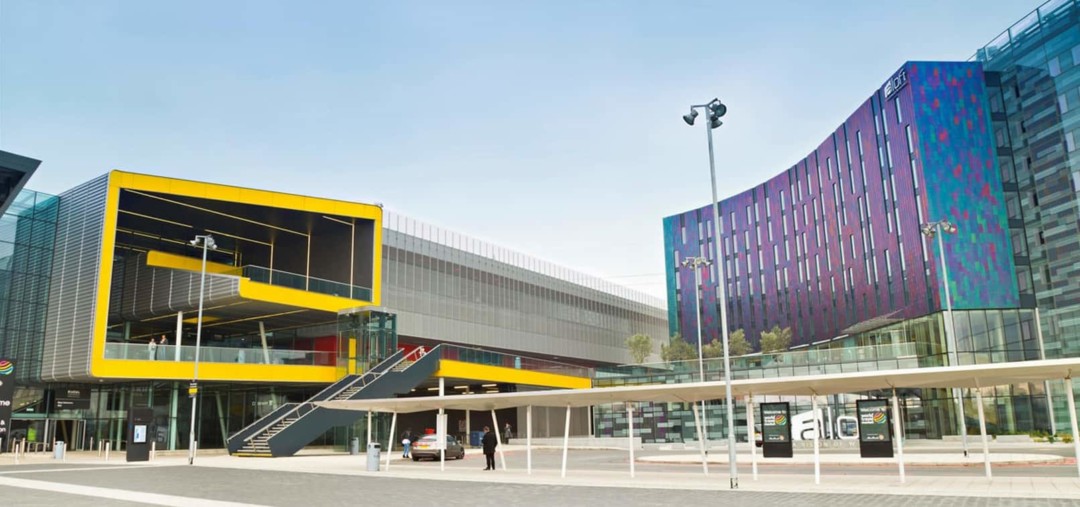Question 1: The rhetoric surrounding smugglers is packed with graphic images of violence and exploitation. What does your research indicate? Are smugglers really parasites profiting on human desperation, or, at the end of the day, do they provide a service to those on the move? How do we move the conversation forward?
Professional facilitators operate illegally, in ever-changing environments. Opportunities for their business are generated by prohibitions against crossing borders, and they sell the possibility to cross those borders. They must be flexible in order to succeed in their operations, as travels are never the same and the best solution has to be found in each specific circumstance. Their main working tools are corruption together with specific abilities (i.e. knowledge of the terrain, specific navigation techniques or hidden shores, connections with other networks).
According to my research findings, the use of violence is most likely to emerge when routes become dangerous due to state controls or predators/militias along the route. In these cases, migrants face serious dangers because the priority for smugglers is to avoid risks for themselves. Also, the inclination to use violence is correlated with the general treatment of migrants in the particular social environment. Thus a spectrum of violence exists, from smuggling that is not violent at all to movement that blurs into forms of trafficking. My most recent research in the Mediterranean area demonstrates how migrants are much more exposed to violence from smugglers in situations where xenophobia, war, and everyday violence against migrants are widespread.
Question 2: Media, academic and policy circles suggest that human smuggling is a gateway into human trafficking. Many times both terms are used interchangeably. Does your work provide any insight into these phenomena and what does that say about migration?
My recent work on this issue (OSCE 2013; Monzini 2015, 2015b) specifically addressed the vulnerability of migrants en route that lead to forms of trafficking. In many countries where smuggling, trafficking, and exploitation take place – both in EU and southern Mediterranean countries – a migrant whose papers are not in order does often not have the option to report his or her exploiter without being deported. Employers and traffickers are not prosecuted, and in certain labour markets, such as in the domestic work, workers may be completely unprotected.
In the Mediterranean region, the vulnerability of migrant workers to exploitation seems to be exacerbated by the large percentage of irregular migrants who are employed in grey labour markets. Together with an increasingly complex system of migration routes and smuggling networks, a wide business based on the exploitation of migrants has emerged within the region. The intermediaries are often of the same nationality as migrants and speak the same language, but they are also well connected with local employers/exploiters. It is interesting to note how, even in European countries, little data are collected on trafficking for labour exploitation. Violent behaviour and modalities are more common if smuggled people come from culturally and geographically remote areas.
Question 3: Another myth connected to smuggling is the one pertaining to its organisation. We hear of smugglers organised into cartels, networks or transnational groups, but also of small-scale operations. What does your work suggest, and what does that say about irregular migration?
A large part of my research has focussed on the organisational aspects of travels through the Mediterranean sea and beyond (Monzini, Sciortino, Pastore 2004, Monzini 2005, 2006, 2008, 2010, 2015b). What I have learned is that increasing difficulties on the routes implies more complex organisational assets for smugglers. These mainly depend on how many controls must be avoided. I’ll give two examples. First, migrants travelling by sea. Boats leaving from Egypt to Italy need experienced captains and crews (four to five days of navigation), but the crew has to leave the boat as soon as they reach Italian territorial waters, to avoid being arrested. In this case, boats are left at sea at the peril of the passengers: the risks and costs for smugglers and especially for the irregular migrants have thus risen because of patrolling.
Second, migrants travelling through the desert. In Niger, Sudan, or Libya it requires having good contacts and alliances with militia groups and corrupt soldiers asking for money along the route (Monzini 2010, 2015b). My research demonstrates that networks among smugglers and other illicit actors are very common, while fluid business relationships support the business of smuggling almost everywhere.
See more responses here:
[circles_gallery ids=”18661,18780,18660,18844,18770,18658,18657,18662,18673,18669″]





